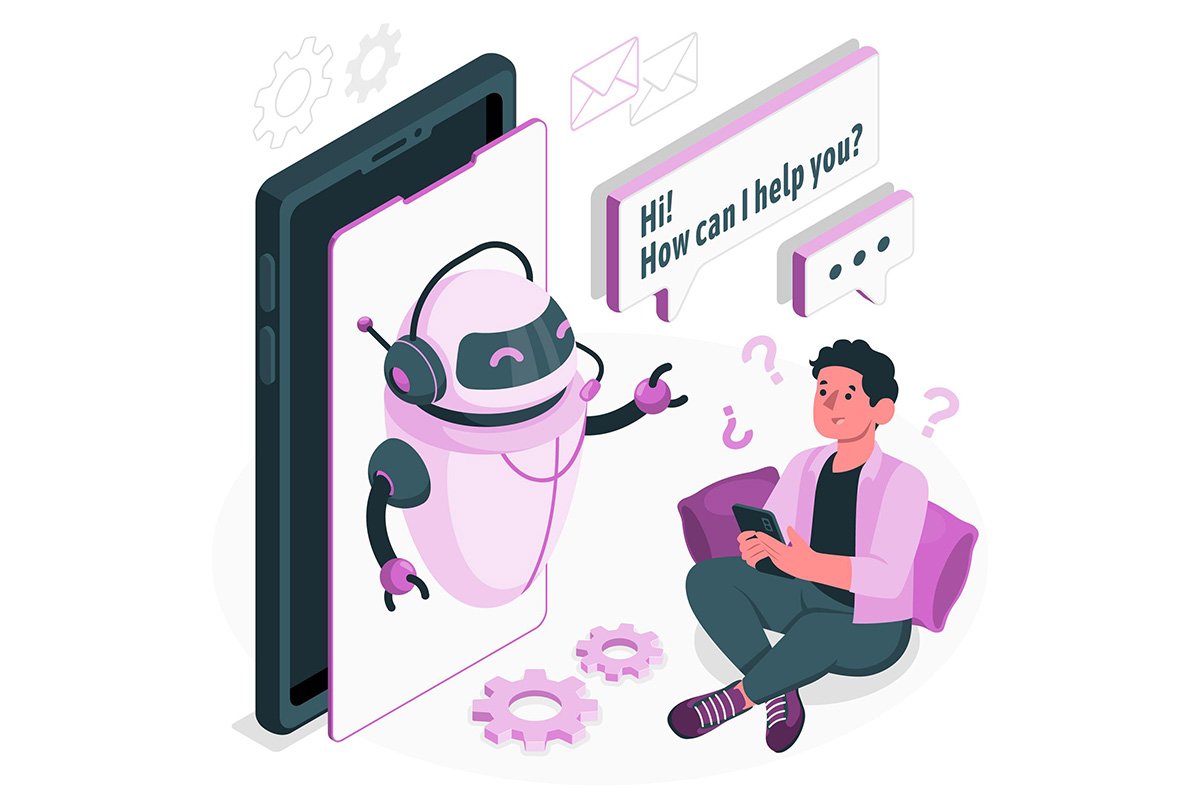In recent years, Artificial Intelligence (AI) has made significant strides in various domains, including natural language processing and conversation. The development of Chat GPT, an advanced AI language model, has sparked both excitement and concerns about the future of human interaction. In this blog post, we will delve into the realm of AI conversations, comparing Chat GPT with human chat. Join us on a journey to explore the advancements, benefits, limitations, and the evolving role of human interaction in this fascinating field.
I. The Rise of Chat GPT:
AI-powered chatbots and virtual assistants have become increasingly prevalent in our daily lives. Chat GPT, powered by state-of-the-art language models like GPT-3, showcases the remarkable advancements in AI conversations. These models are trained on vast amounts of data, enabling them to generate human-like responses and engage in complex dialogues. The ability of Chat GPT to understand and respond to user inputs has revolutionized the way we interact with AI systems.
II. Advancements in AI Conversations:
- Natural Language Understanding: Chat GPT has demonstrated remarkable progress in natural language understanding. It can comprehend and interpret user queries, even with variations in phrasing, context, or grammatical structure. Through sophisticated algorithms, AI models can extract the meaning behind user inputs and provide accurate responses.
- Contextual Understanding: One of the notable advancements in AI conversations is the ability of Chat GPT to maintain context and engage in multi-turn dialogues. The model considers previous interactions to generate coherent and contextually relevant responses. This contextual understanding enhances the user experience and makes AI interactions more intuitive.
- Improved Language Generation: AI models like Chat GPT excel in generating fluent and coherent responses. They can simulate human-like conversation patterns, adapt to different conversational styles, and even incorporate humor or empathy when appropriate. This level of language generation showcases the advancements made in making AI conversations more natural and engaging.
- Multi-Modal Capabilities: In addition to language understanding and generation, AI conversations are evolving to incorporate other modalities such as images, videos, and audio. This multi-modal approach allows for richer and more interactive interactions, expanding the possibilities of AI conversations in various domains like customer service, entertainment, and education.
III. Benefits of AI Conversations:
- 24/7 Availability: Chat GPT and other AI-powered systems can offer round-the-clock availability, providing instant assistance to users at any time. This is particularly beneficial for businesses and customer support, as AI can handle a large volume of queries efficiently and promptly.
- Scalability and Cost-Effectiveness: AI conversations can be scaled effortlessly to handle a high volume of interactions without compromising the quality of responses. This scalability makes AI an ideal solution for businesses dealing with a large customer base. Furthermore, AI conversations can reduce costs by automating routine tasks, freeing up human resources for more complex or personalized interactions.
- Consistency and Accuracy: AI models exhibit consistency in their responses, ensuring that users receive accurate and reliable information. Unlike humans, AI systems do not experience fatigue or variations in performance, leading to more consistent service delivery.
- Personalization and Efficiency: AI conversations can be tailored to individual users, providing personalized recommendations, suggestions, and solutions. By analyzing user data and preferences, AI can efficiently deliver relevant information and streamline the user experience.
IV. Limitations and Challenges:
- Contextual Limitations: While AI models like Chat GPT have made significant strides in contextual understanding, they can still struggle with nuanced or ambiguous queries. They might misinterpret or provide inaccurate responses when faced with complex or unstructured inputs.
- Lack of Emotional Intelligence: Although AI systems can generate empathetic responses to some extent, they lack true emotional intelligence. They cannot fully comprehend or empathize with human emotions, making them less suitable for sensitive or emotionally charged conversations.
- Ethical and Bias Concerns: AI models are trained on vast datasets, which may inadvertently contain biases present in the data. This can lead to biased or discriminatory responses, highlighting the importance of ongoing efforts to address and mitigate biases in AI systems.
- Dependency on Data: AI models heavily rely on the data they are trained on. They may struggle with topics or domains that are underrepresented in their training data. Additionally, they may not possess common sense knowledge or reasoning abilities, limiting their understanding in certain contexts.
V. The Evolving Role of Human Interaction:
While AI conversations offer numerous benefits, human interaction remains invaluable. Human conversations are characterized by emotional connection, empathy, and nuanced understanding. AI should augment human interaction rather than replace it entirely. The future lies in combining the strengths of AI, such as efficiency and scalability, with human qualities like empathy and creativity.
Conclusion: The advancements in AI conversations, exemplified by Chat GPT, have transformed the way we interact with AI systems. These AI models exhibit remarkable progress in natural language understanding, context retention, language generation, and multi-modal capabilities. While AI conversations offer benefits such as 24/7 availability, scalability, consistency, and personalization, they also have limitations related to contextual understanding, emotional intelligence, biases, and dependency on data. The future of AI lies in striking a balance between AI and human interaction, leveraging the strengths of both to create more meaningful and effective conversations. As AI technology continues to evolve, we must approach it with a responsible and ethical mindset, ensuring that it serves as a tool to enhance human connections rather than replace them.











Leave a Reply